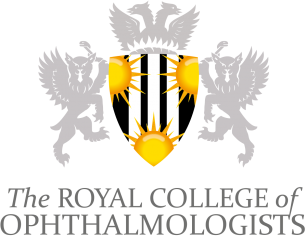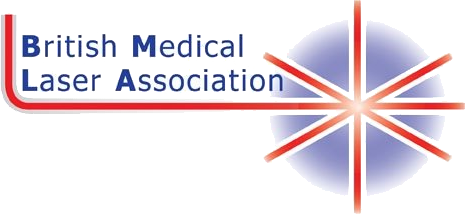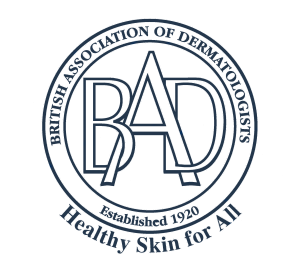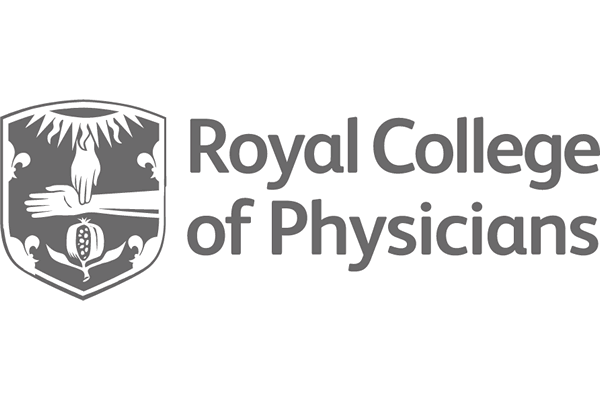Why treatment is essential for self-harm scars
It is strongly recommended only to seek treatment for self-harm scars when you feel emotionally and physically prepared to do so. However, the earlier you can do this, the better, as the longer scars are left untreated, the more risks and problems they can trigger, like discomfort, stiffness, or mobility issues.
Patients may also continue to experience negative emotions, including guilt, regret, or a lack of comfort and confidence in their bodies, as long as the scars remain present and untreated. Proper treatment will improve the appearance of these scars while also providing additional benefits, such as enhanced skin texture, increased flexibility, and improved function.
Treatment options – how to get rid of cut scars
There are many possible answers to how to get rid of cut scars on legs, arms, and elsewhere around the body. The next sections will explore various treatment options, including invasive and non-invasive methods.
Laser treatments
Laser treatments use concentrated beams of light (lasers) to target specific areas of skin. The lasers make extremely small holes within the skin. This triggers the body’s natural healing response. As part of that response, the production of collagen – an essential skin protein – increases. This helps to generate healthy, strong skin cells and fibres to replace the damaged scar tissue, improving its appearance.
Skin grafting
Skin grafting is a surgical procedure. It involves taking skin from one part of the body – including the arm, abdomen, leg, or buttocks – and grafting it onto a section of scarred skin elsewhere. The healthy skin effectively grows over the scarred tissue. It is one of the most effective methods for getting rid of cut scars on thighs and other areas, while also helping to change what many patients feel is the stigmatising appearance of self-harm scars.
Medical tattooing
Medical tattooing, also known as micro pigmentation, differs significantly from decorative tattooing and is performed by a specially trained practitioner. It involves the use of a special machine that has numerous small needles to inject pigment into the top layer of the skin. The pigment helps restore a natural tone to scarred or damaged skin, allowing it to blend more thoroughly with the surrounding areas and making the scars less visible.
Scar camouflage
Scar camouflage can be a fantastic option to help increase your confidence about your self-harm scars, and it can be used as a stand-alone or alongside treatments to give immediate, temporary and waterproof camouflage for your scars. It is a highly pigmented camouflage cream and is entirely different from make–ups that can be bought online because it is specifically designed for patients with scarring and is uniquely colour-matched to your skin tone. In your consultation, you will be shown how to apply and blend it for maximum coverage and confidence.


















